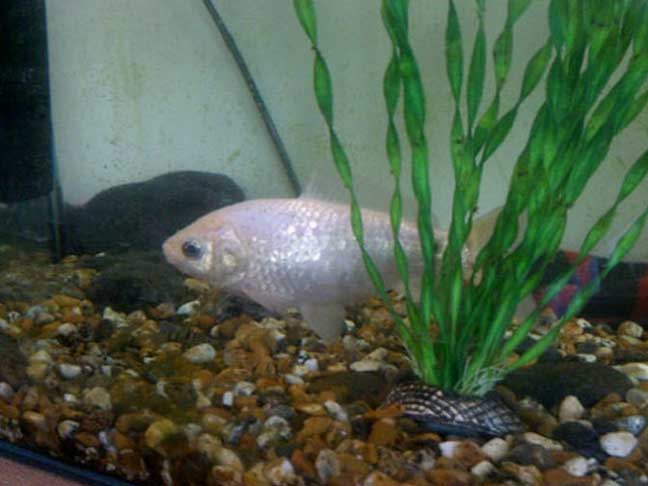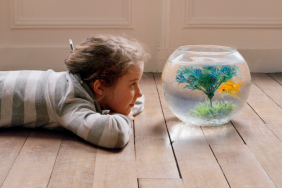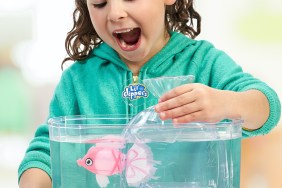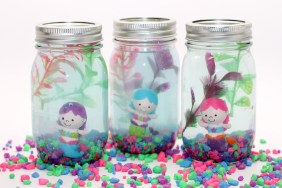One major advantage of goldfish as pets is that they give children who suffer from allergies to animal hair, the chance to have their own pet. Goldfish can be kept in a bowl, tank or even outdoors in a pond, but for this guide we’ll assume you are looking at keeping them indoors. Goldfish in Bowls As goldfish can be very small…







